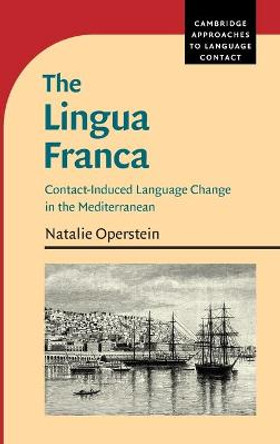Description
Based on a case study of the evolution of "finish" morphemes in Yue and Zhuang Tai-Kadai, this book examines how an internal factor (grammaticalization) and an external factor (language contact) interacted to produce the polyfunctionality of the specific "finish" morphemes in the languages of Guangxi Zhuang Autonomous Region, Southern China. Arguing that the Central Southern Guangxi Region is a micro-linguistic area, Huang also introduces five unique areal features shared by many of its languages.
About the Author
Yang Huang is associate professor in linguistics at Southwest Jiaotong University.
Reviews
This book presents an insightful account of the complex linguistic situation in South China and surrounding regions, focusing on language contact. Engaging, refreshing, and informative, the work is an important contribution to the study of languages and cultures in mainland Southeast Asia.
-- Yongxian Luo, University of MelbourneHuang takes on one of the central questions of linguistics-to explain why languages are structured the way they are-in this convincing examination of minority languages in the Guangxi region. This book argues that there is no comprehensive answer to this question without establishing how the structures of the languages concerned were shaped by processes of grammaticalization and contact with other languages.
-- Bernd Heine, University of CologneBook Information
ISBN 9781793630094
Author Yang Huang
Format Hardback
Page Count 300
Imprint Lexington Books
Publisher Lexington Books
Weight(grams) 549g
Dimensions(mm) 237mm * 157mm * 23mm








